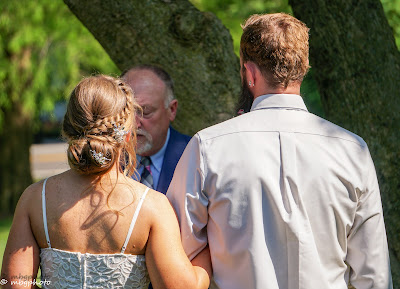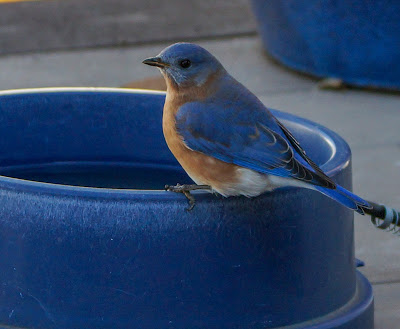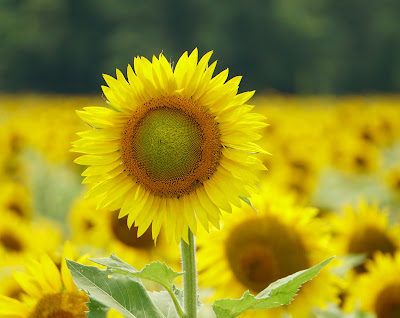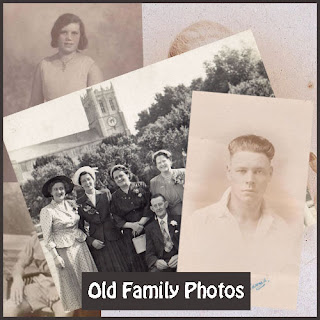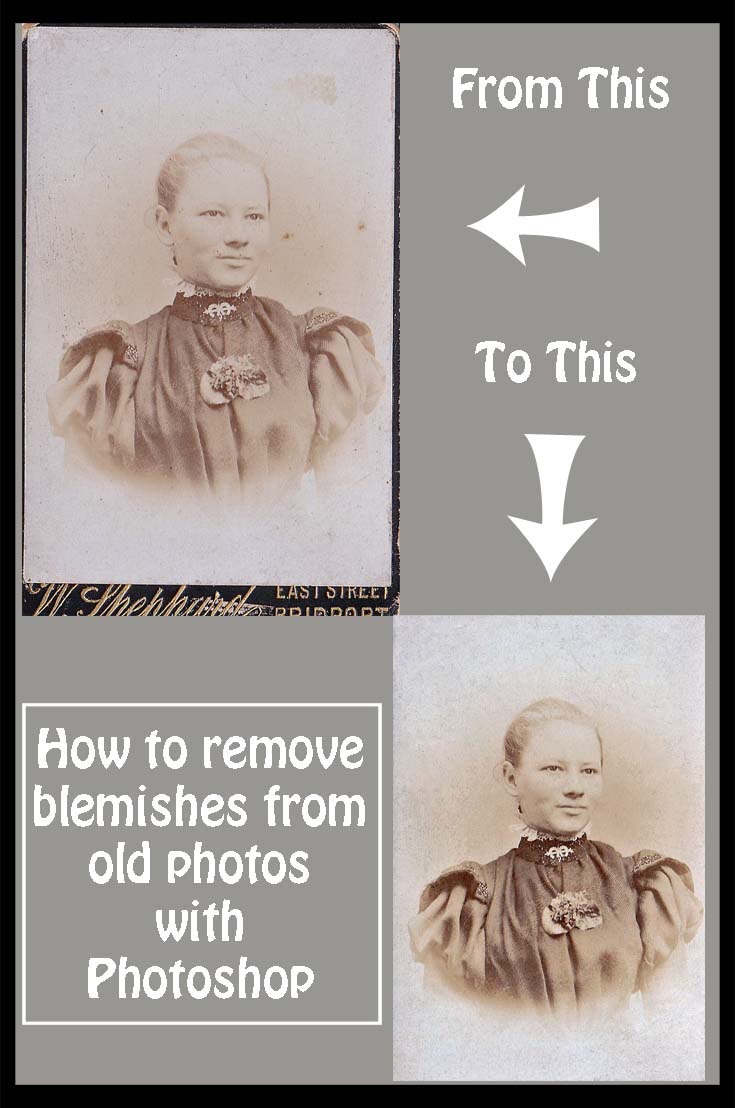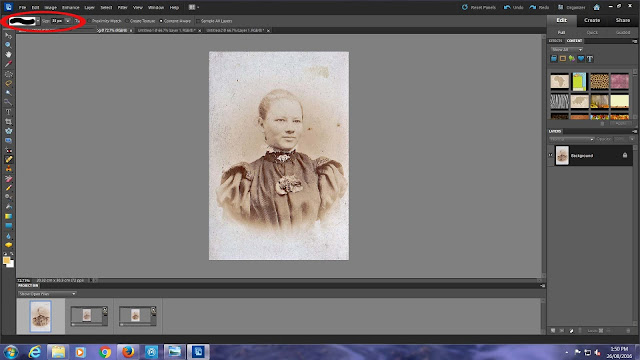I consider every year to be part of my photography journey, where I learn some new techniques, enjoy new photographic opportunities, and hopefully increase my knowledge and skills. 2023 was no exception. During the past year, I got out of my comfort zone and photographed four big events, I attended a photoshop summit where I learned a lot of new techniques and I even went back and reedited some old photos using what I have learned in the past 17 years since I started this journey. The photo above is one of my past photos taken in 2010 and reedited this year.
Education
I always try to take a class each year either in person or online. There are so many available, along with many You- tube instructional videos. This year I listened to many free videos I found online and this fall I attended a Photoshop Summit online that had five days full of speakers all instructing us on various aspects of Photoshop. They were very interesting and informative. One of the subjects I found most interesting was about the new "generative fill" feature in Photoshop. By just circling an area in a photo, you can remove an item or add something new. Here is an example of a Halloween photo where I used this feature. The first photo is my original photo.
In the next photo you will see that I first used generative fill to remove the mailbox and then added several additional items to the photo. See if you can find all the additions.
I also used what I learned in the seminars to redo some older photos. In this one the original photo had lots of people on the sidewalk leading to the lighthouse. I used generative fill to remove them.
Sometimes I find I learn more when I take myself out of my comfort zone. This year I was asked to photograph four major events. Two of them were weddings of family members and two were events at church.
Both of the weddings were casual. The first was held completely outdoors at my brother's home and the second was held at a small historic chapel with the reception being an outdoor event. I was a little apprehensive at first, but the casual settings helped to put me at ease. I carried two different cameras each with a different type of lens and settings and I was pretty pleased with the results. Here is a photo from each of the weddings.
The church events included the ordination of our newest pastor and a 20 year celebration of our senior pastor. For these occasions I sat in the balcony and was able to photograph the ceremonies from above. I used my camera that is a Sony mirrorless one that does great with lower light and inside photos without using a flash. Here are two photos from those events.
Group Support
I find photography groups to be a great way to meet people with similar interests and share ideas. I belong to two different groups; one Create 52 is an online Facebook group and the second is an in-person photography club in our town.
Create 52
This online group challenges us to be creative in both our photography and in our post processing. We are given a topic each week and then we create a photograph to match the topic. An example of this is during the week before Christmas our topic was Christmas card. For this topic, I took a photo of our Christmas tree and then took it into Photoshop. In Photoshop, I added an artist filter and placed it on a textured background. I then added lettering and finally used generative fill to add stars around the lettering. Here is my result.
O'Fallon Photo Club
Our in-person photography club meets once a month. In this group we share ideas with other photographers, and we also bring photo files to get constructive criticism. We share ideas for places to go for photography and we take a few field trips each year. At the end of each meeting, we are given a topic for the month, and we post photos of that topic in the clubs Facebook page. This fall several of the club members met at our local botanical gardens on an evening photographer's night, where we were able to bring in our tripods and capture some low light photography. There was a Chihuly exhibit going on at the gardens so there were lots of great opportunities for nighttime photography. Here are a couple of photos I took.Mentoring
I volunteer with a group called Willows Way that provides support for challenged adults. This group has a photography club and I serve as one of the mentors for the group. Each month we take several of the participants and their aids to a different locale to photograph. We have gone to local parks, museums, and farmers markets. I love to work with these wonderful people and find I get as much from them as I give. It is a wonderful opportunity. This summer we went to a farmers market that also had a sunflower field. We talked about unique ways to capture the sunflowers. Here are two of my photos.
As I close, I Wish You and Yours a Very Happy New Year. May your year be filled with joy and peace and lots of new things to learn.
Here are a couple of my favorite photos this past year.
Note: The author may receive a commission from purchases made using links found in this article. “As an Amazon Associate, Ebay (EPN), Esty (Awin), and/or Zazzle Affiliate, I (we) earn from qualifying purchases.”






